What defines beauty? Math, culture, environment or society? Perhaps the “zeitgeist” that resonates within a specific period in time? Is our perception of it is so intrinsically a part of the critical elements that have formed each one of us, that perhaps we don’t even have a choice in the matter? And how much does one’s personal taste, play a role in our definition of it?
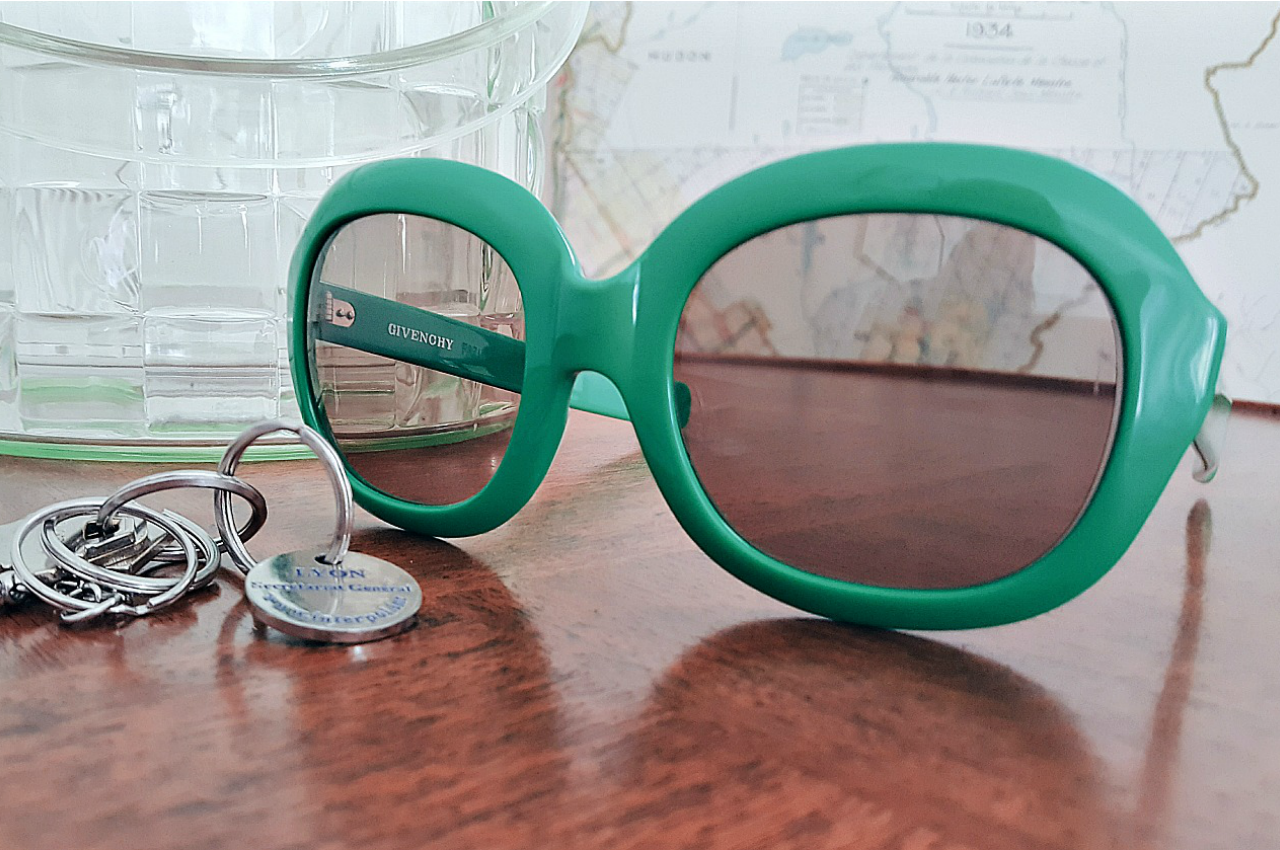
A defining component through the ages has been proportion. Specifically, the application of Phi when analyzing the structure of any given form. If math is not your thing this may be a tongue twister to the mind. It is to ours!
Very simply, Phi or the “golden rule,” is a mathematical construct that results when a line is divided & the length of the full line, to the length of the larger line, is the same as the length of the larger line to that of the smaller one. It occurs only where the ratio of “line to line,” is 1.618. This proportionate relationship is woven into the fabric of the world we live in. From nature, through architecture, art, objects and species, it is ever present. Generally if Phi can be applied, we perceive beauty. Examples run the gamut from seashells and sunflowers, through the Parthenon, the pyramids and more recently, architecture such as Notre Dame Cathedral, which dates back a mere 853 years!
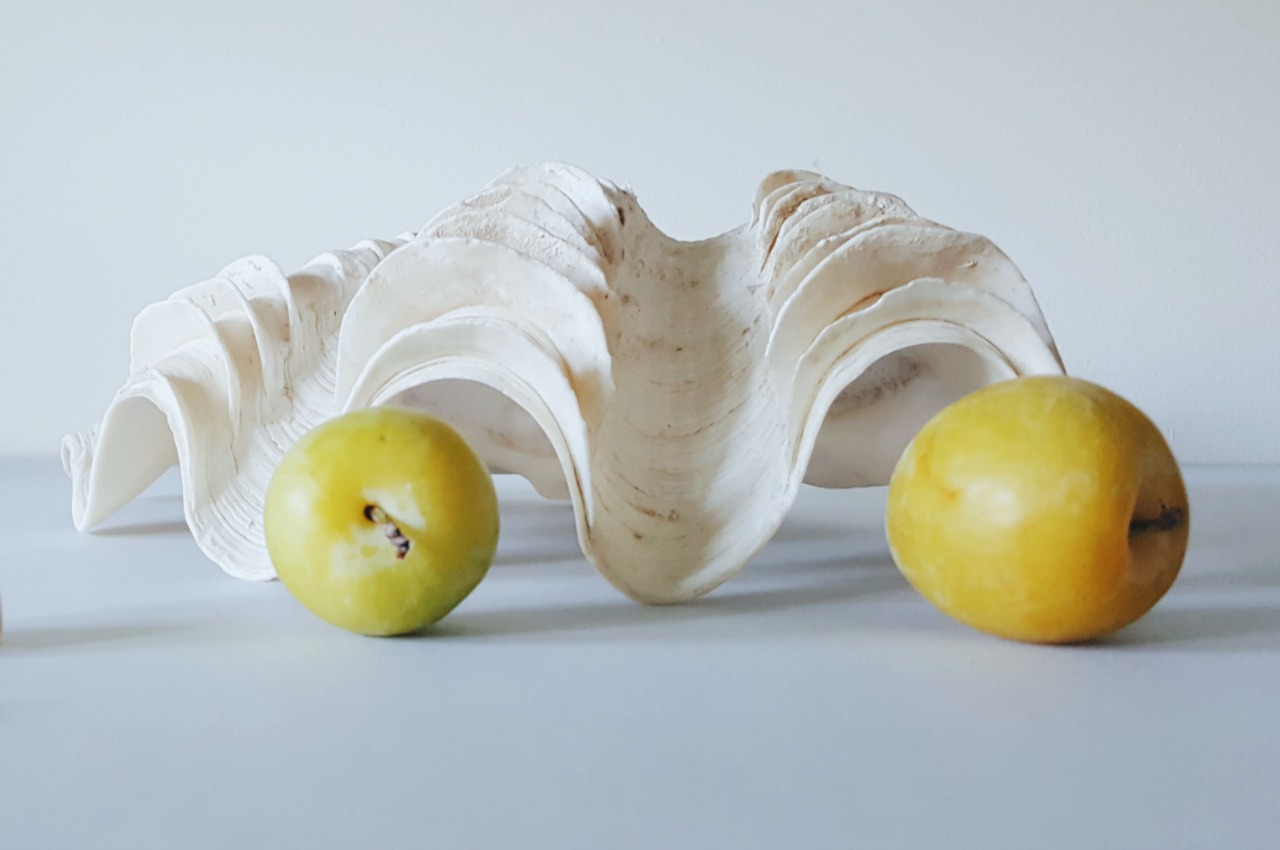
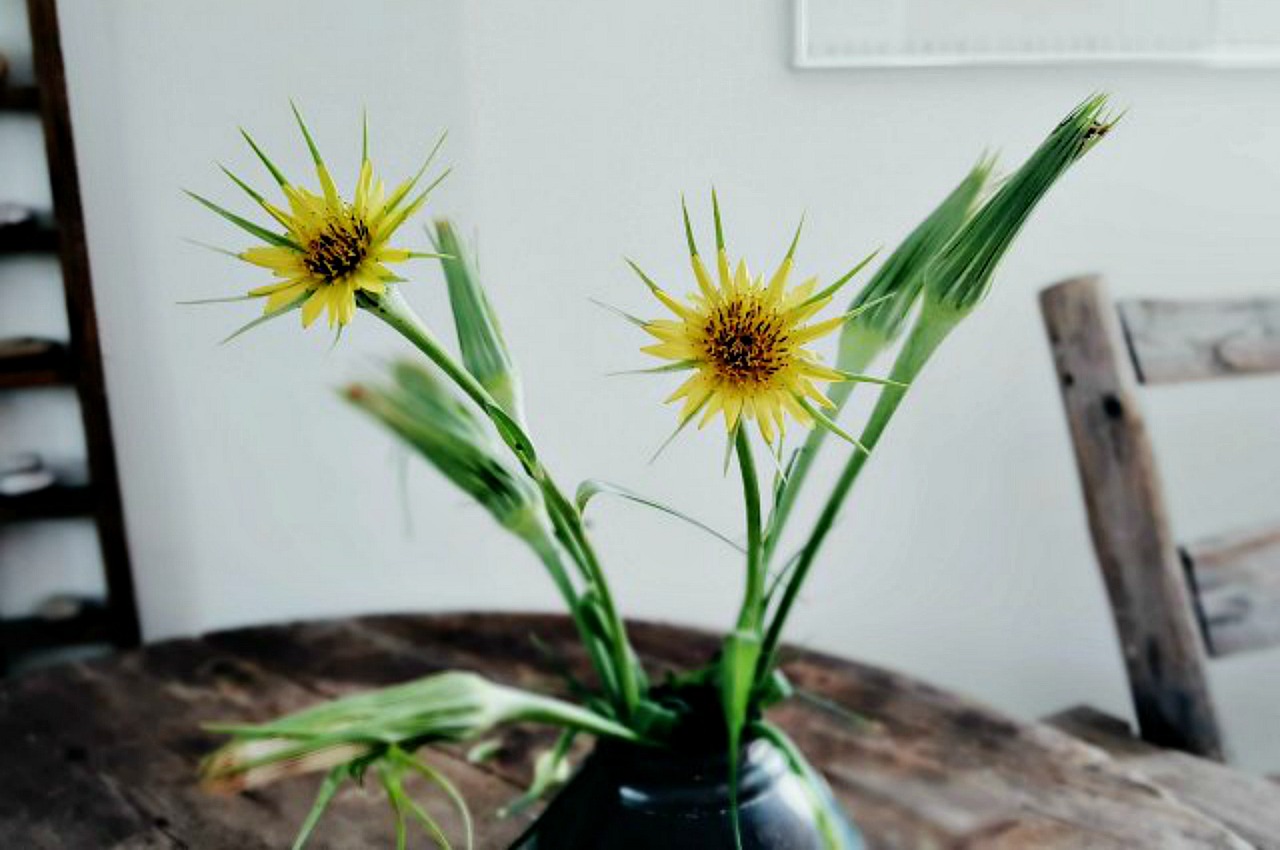

Phi is measurable. It can be applied to objects, art, architecture and form but what about colours and patina, textures, tastes and scents?
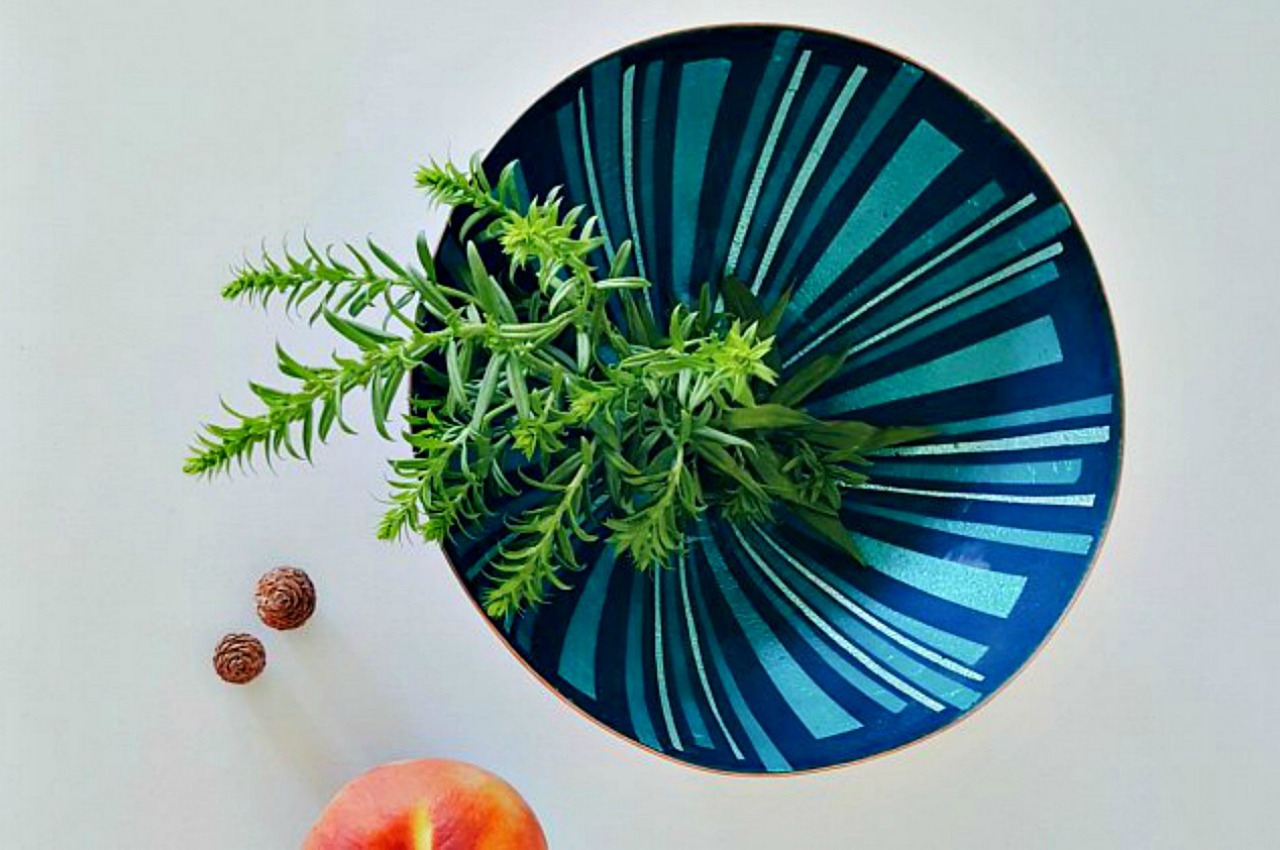

We have a theory that the most critical approach in how we define beauty is through our senses. From art, through object, nature and beings, they are literally the front line receptors in how we perceive and decide, yay or nay. And in the same way that one person’s junk is another’s treasure, our beauty isn’t necessarily yours! The perception of “beautiful” is uniquely personal to every human being.
We buy marigolds every summer not only for the pretty pop of colour they add within the garden and the benefits they bring when planted alongside certain vegetables but also because we take great delight in hearing that resounding little snap when it’s time to deadhead the dying blooms. And the scent that is released when the head is snapped away? It’s a divided camp. To some beautiful but to others, it’s a stink.
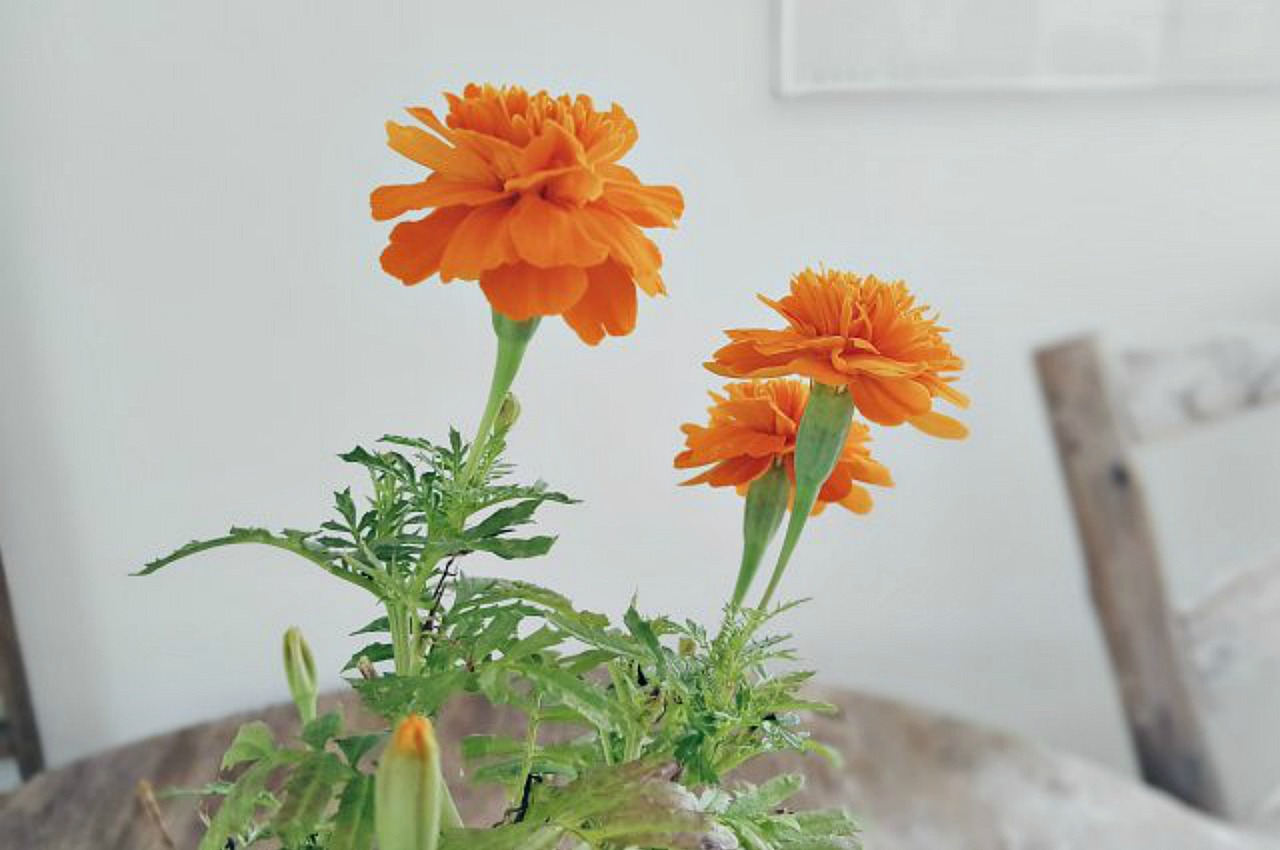
Frankly, we adore the stink in our gardens! Do you crinkle your nose when brushing past a bushy mass of musky green sage? How about Swedish ivy, coriander, geranium leaves or artemisia? These are not scents that will ever top the “beautiful” list when lemon verbena or lavender are already in the queue. Yet, these fragrances actively demand our senses to take action and form an opinion! To sniff or recoil? To gaze or to turn away? Somewhere in the blueprint between our senses initial perception and final decision, all of the other factors come in to play; environment, culture, society and of course, the times and place we live in! But is that it? A handful of senses, a little math, a dollop of environment?
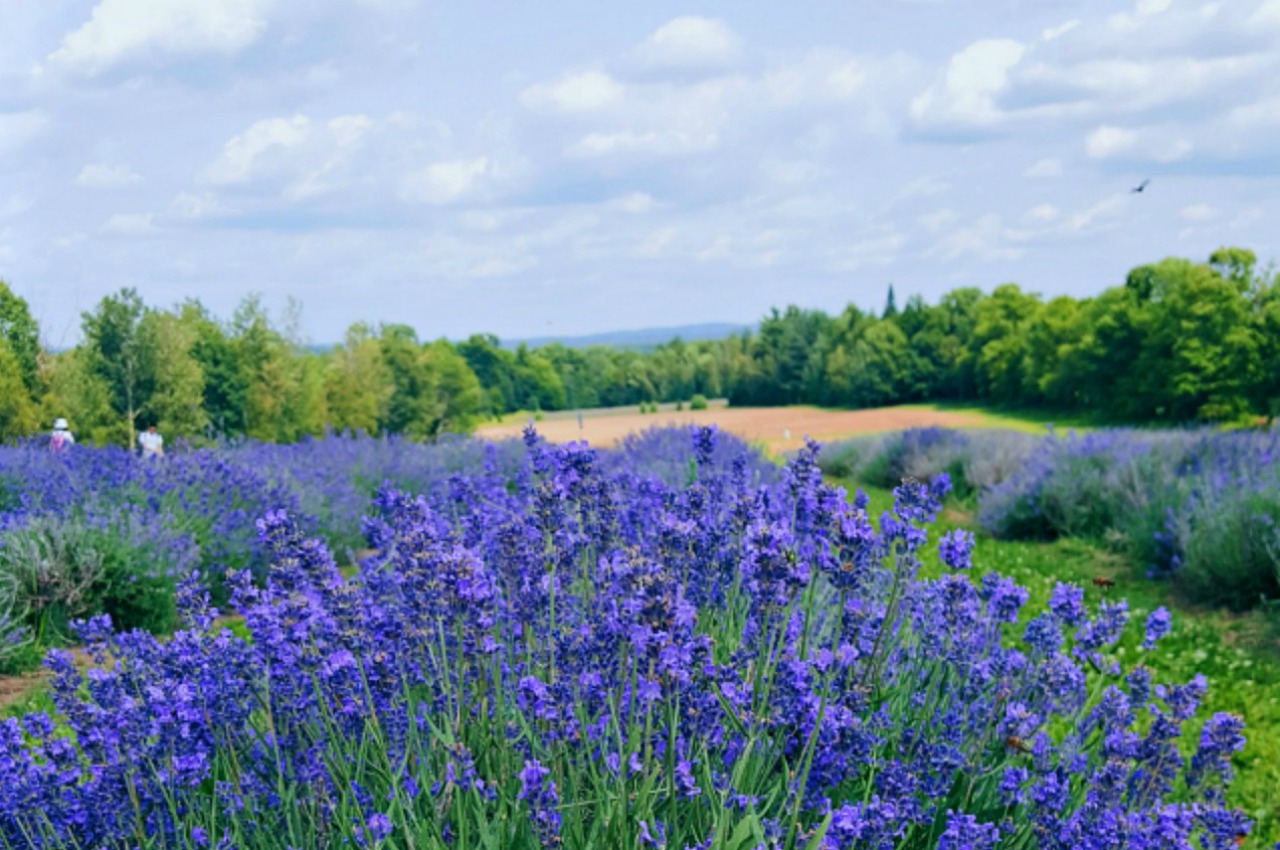
We have another theory, one that is even tougher to pinpoint and harder to define. It’s that fine line you see when the sun is setting lakeside and it suddenly becomes impossible to determine where the lake ends and the land begins. It’s the elusive element we find in DaVinci’s “Mona Lisa” and Vermeer’s “Girl with a pearl earring.”
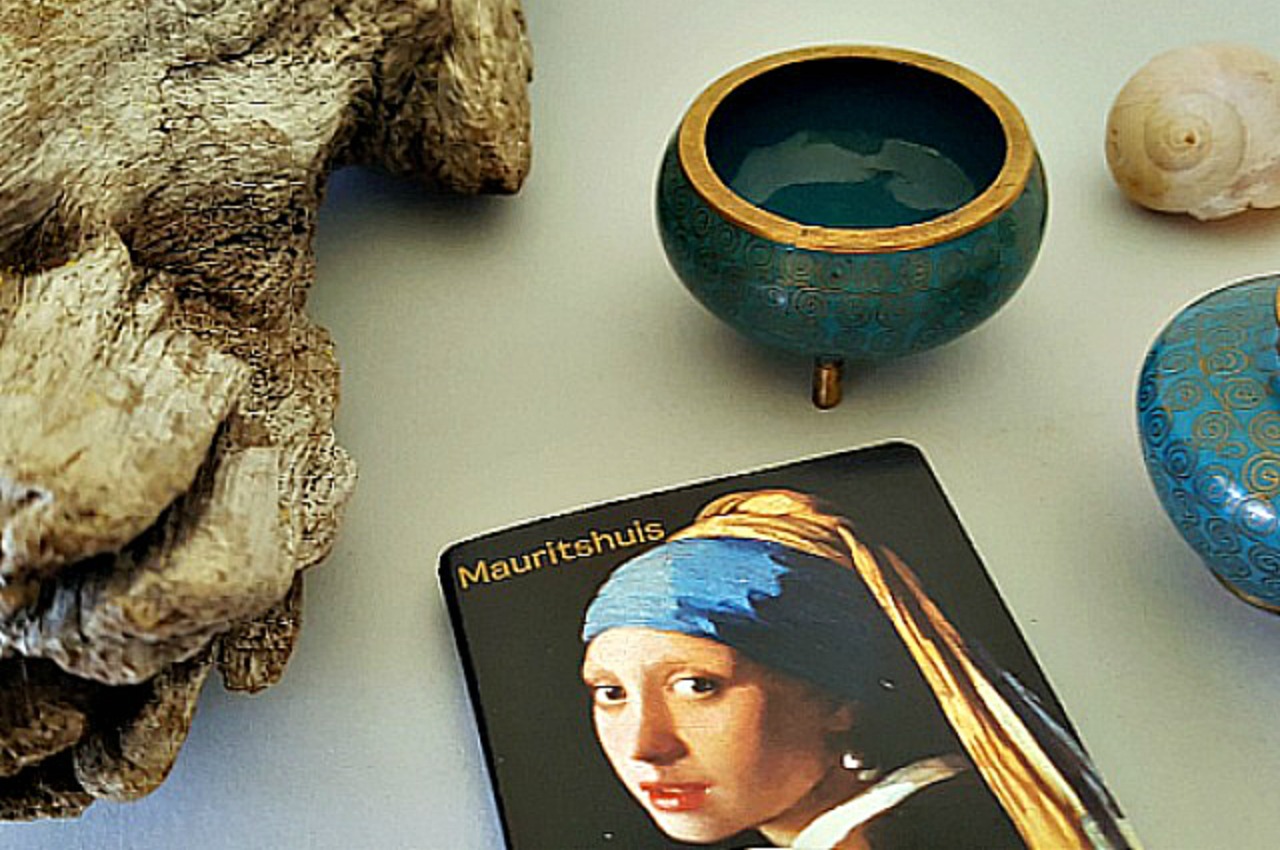
In the case of the paintings, are the smiles true or forced? Is this person contemplating us seriously or secretly laughing? Simmering beneath their outer shells is a mystery, something intangible and loaded with ambiguities. In our minds eye, these are often times things we might not initially perceive as beautiful and yet we are drawn toward them, transfixed, perplexed, hypnotized. We are drawn to contemplate and wonder and the end perception is, that yes, they are in fact truly beautiful. Exactly why, remains inexplicable.
Will science ever be able to provide us with a neat and tidy pie chart that fully represents beauty on all levels? We hope it doesn’t! In the same way that staring at a vast expanse of sky blue sea causes us to instantly realize our petite stature in this gargantuan universe and yet at the same time revel in all the layers of why we perceive it as beautiful, we’re rooting that we keep a little mystery hidden within.

We believe that beauty will always be rife with enigmas. Its personal, it’s multidimensional, it’s delightfully ambiguous. And perhaps that is simply okay? Perhaps that’s just what makes it so damn beautiful.
At Béazley, our vision of beauty involves old mixed with new, vintage with contemporary, delicate and pretty beside streamlined and modern. We cover periods and continents, ideas and philosophy, tastes and scents.
Have a peek at our collections page. It features beautiful things we’ll be musing on a bit more in the near future.
And please feel free to contact us, subscribe or comment below. WE look forward to hearing from you!
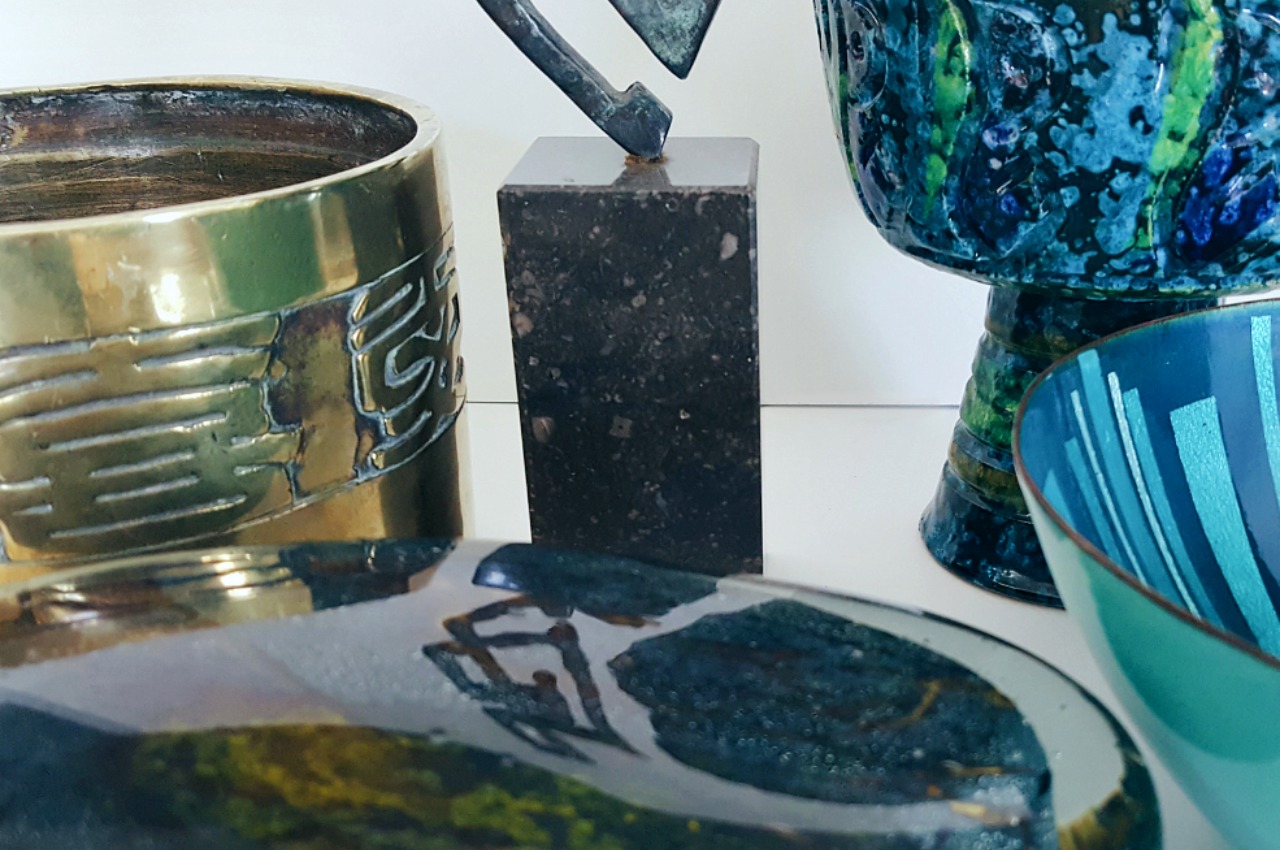

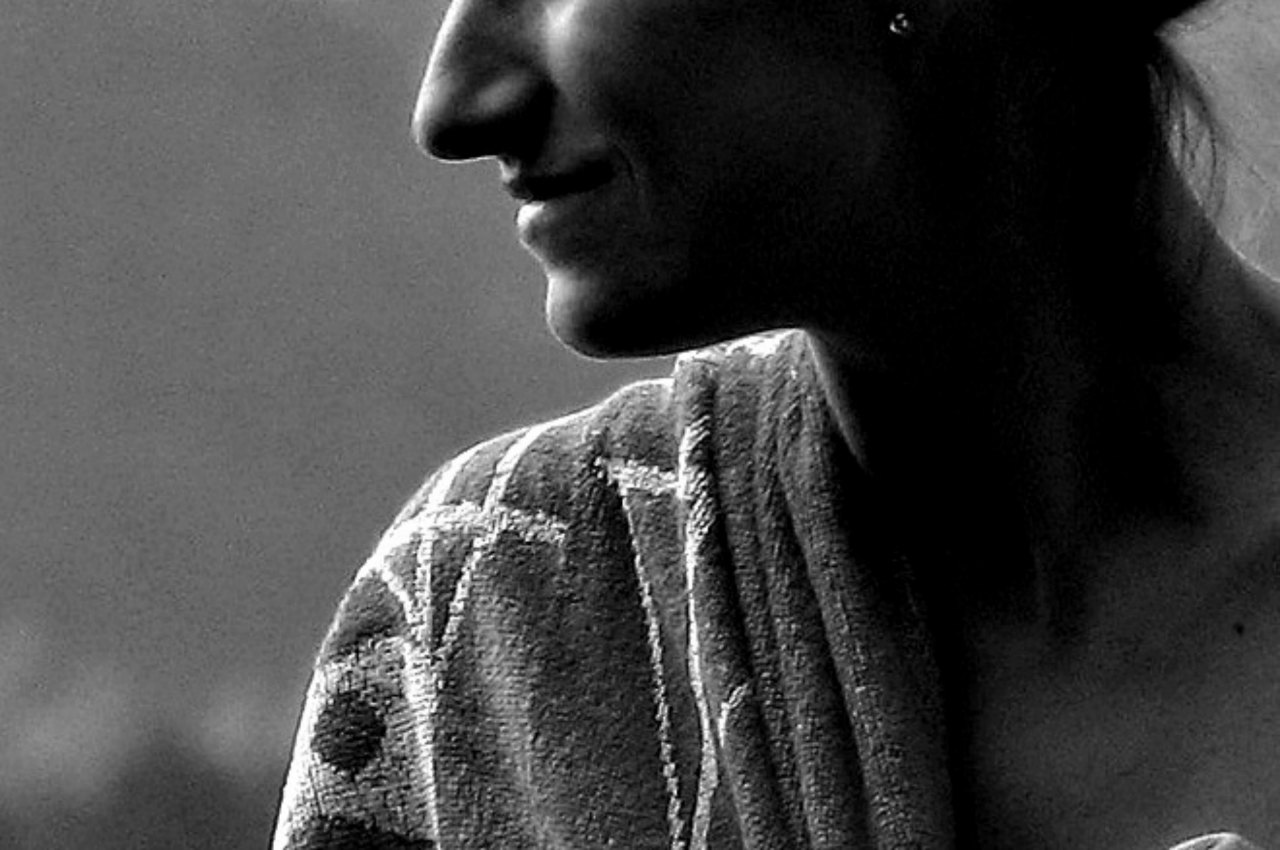
4 thoughts on “Defining beauty. From Marigolds to the Mona Lisa.”
WONDERFUL! This looks so promising.
L&G
Thanks L&G! Lovely that you’ve enjoyed it so far!
Your site is..well, absolutely breathtaking. Stunning visuals with transporting narratives.
-Stella
Hi Stella, Thank you so much for your compliments! So happy to hear that you’ve enjoyed the site:)
Comments are closed.